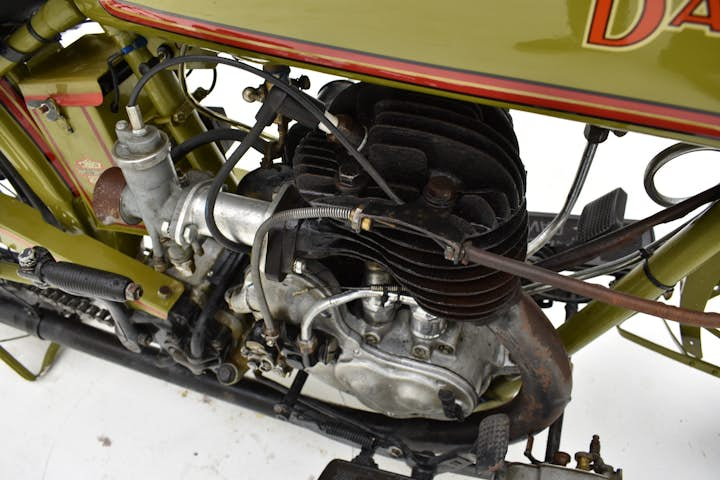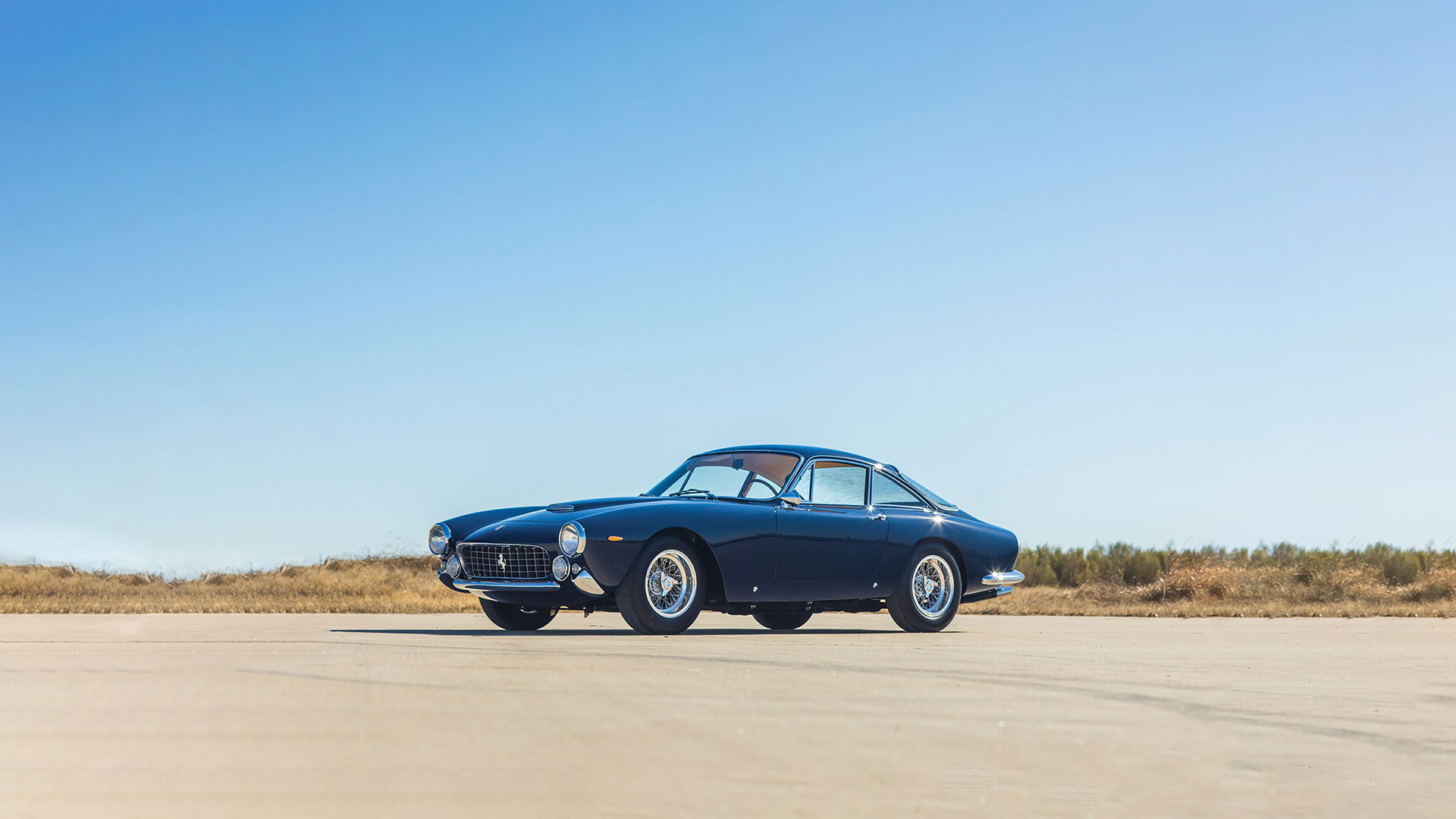{{ $t('Summary') }}
The Model B was introduced in 1926 and continuously upgraded and modified to meet the demands of export to foreign markets where they were most popular. Production ceased in 1929, but the motorcycles were sold until 1930. The single-cylinder engine has been a mainstay of the Harley-Davidson line since its inception in 1884. Several 350cc class models were released in the first model year; the overhead valve versions were rather exotic machines mainly intended for competition use, but the side valve models 26A (magnetic ignition) and B (battery and coil ignition) were good sellers. This beauty has not been ridden for years and was kept in a mancave.

{{ $t('History') }}
The V-twin design was not added until 1909. Introduced in 1926, it disappeared from the program in 1934 to be re-introduced in 1937 as the Harley-Davidson V - Twin B After the (relative) failure of the Sport Twin of 1919-23, Harley made another attempt at the lightweight market by launching a line of single-cylinder engines for the 1926 model year: the A, B, AA, and BA. The design was completely conventional and inspired by Indian's contemporary Prince and typical British machines of the period. The engines were available with side-valve or overhead valve engines, and the racing versions that followed were nicknamed "Peashooters" because of the unique pitch of the exhaust. The side-valve model was revived between 1932 and 1934, probably both to use up parts inventory and to sell what Harley says is the cheapest model ever. The name was eventually applied to all models. The model shown here is a B, with side valve motor and battery ignition as an option. Harley-Davidson mainly intended these single-cylinders for the export markets and initially they were successful. Unfortunately, the global recession meant that the British imposed strict import tariffs and the European market collapsed. The model was withdrawn from production in 1929, although the existing stock was still sold the following year. These were ideal machines for impoverished commuters and delivery drivers who accepted little performance as long as the engine was cheap to buy and run.

{{ $t('Exterior') }}
The frame is a tubular "loop". It has been indoors for years and therefore shows no signs of rust or wear. The suspension consists of a leading-link front fork and a rigid rear fork. The engine was completely professionally repainted.

{{ $t('Interior') }}
The saddle is in original condition, along with a tool pouch. Both in good condition.
{{ $t('Engine and Gearbox') }}
The engine is a side-valve single cylinder. Bore x stroke of 73.6mm x 82.6mm resulted in a displacement of just 345.7cc or 21.1 cubic inches. This results in a power of 10 hp. Shifting is done manually with 3 gears via v-chain drive. Ignition is with kick starter and final drive is with single row chain. Compression ratio is 4:1. The fuel was supplied through a side valve. It came with a 3-26 front tire and a 3-26 rear tire. Stopping was done with an expansion brake (drum brake) at the front and an expansion brake (drum brake) at the rear. The engine weighed only 299.83 pounds (136.0 Kg). The top speed is 97 km/h. This copy has been standing still for years - the engine was no longer started.

{{ $t('Maintenance info') }}
No
{{ $t('Maintenance Documentation') }}
There are no documents with this motorcycle
{{ $t('Known Issues') }}
The engine does not start.

{{ $t('Non original parts') }}
Everything is original
{{ $t('What we should know') }}
There is no kilometer counter present


